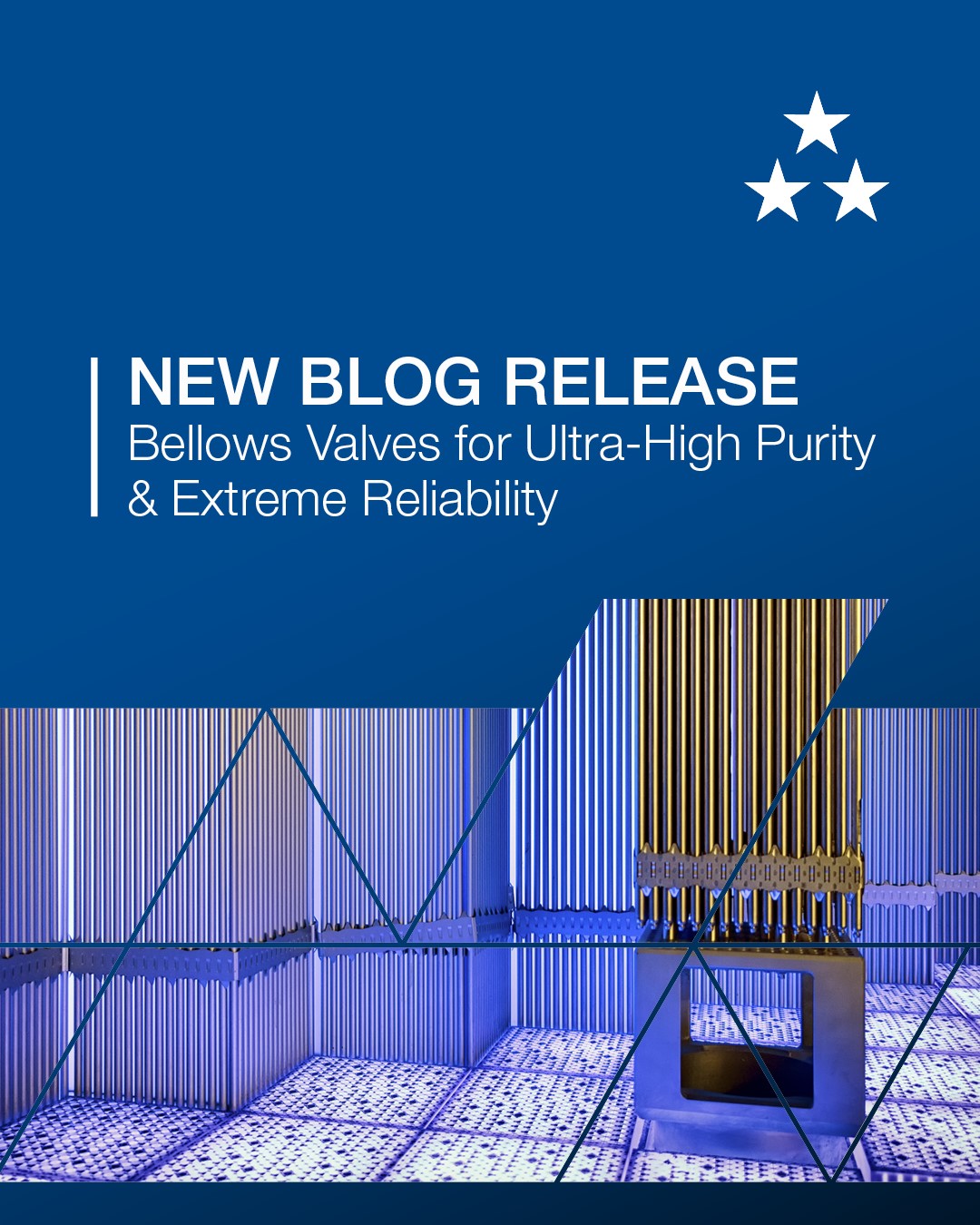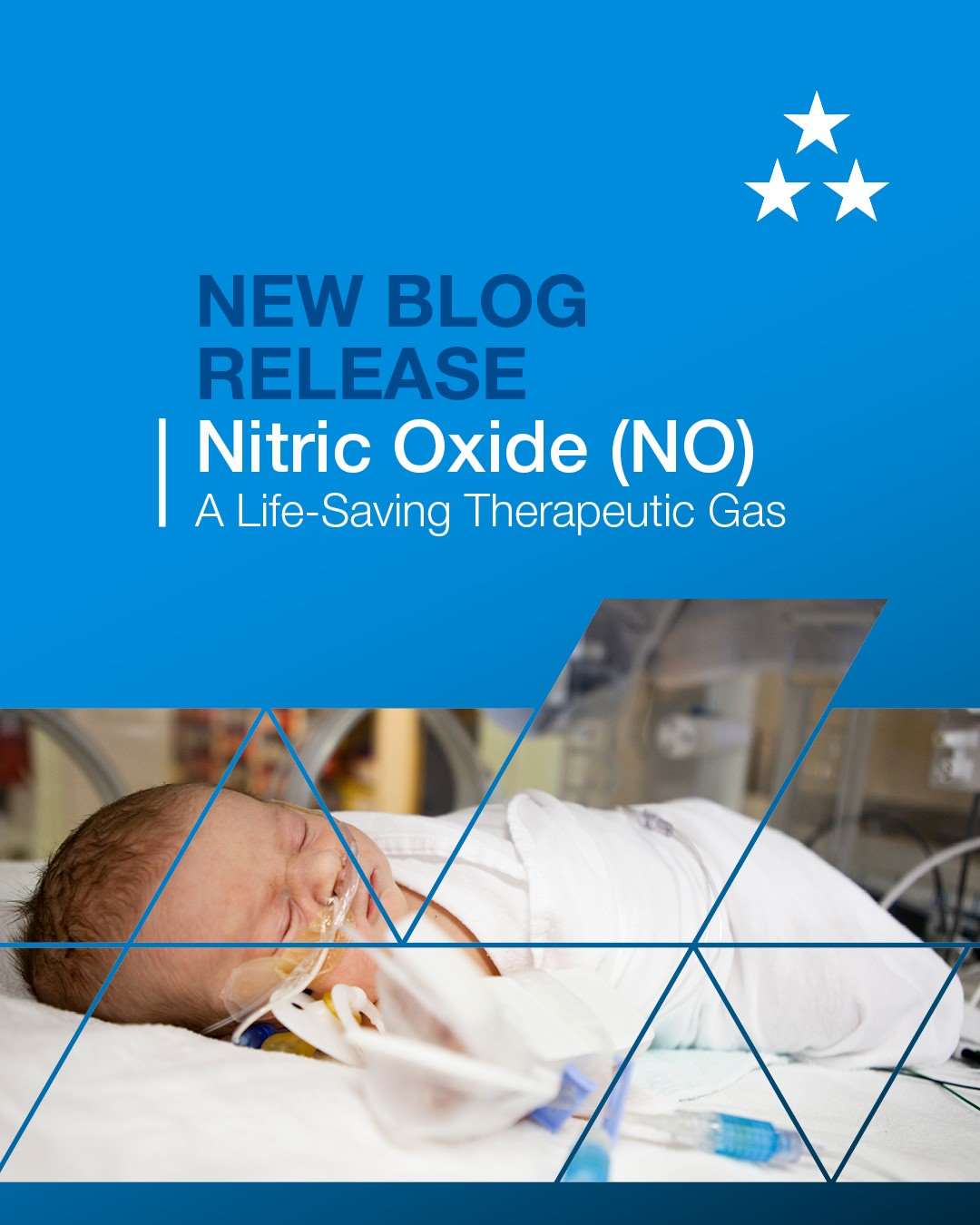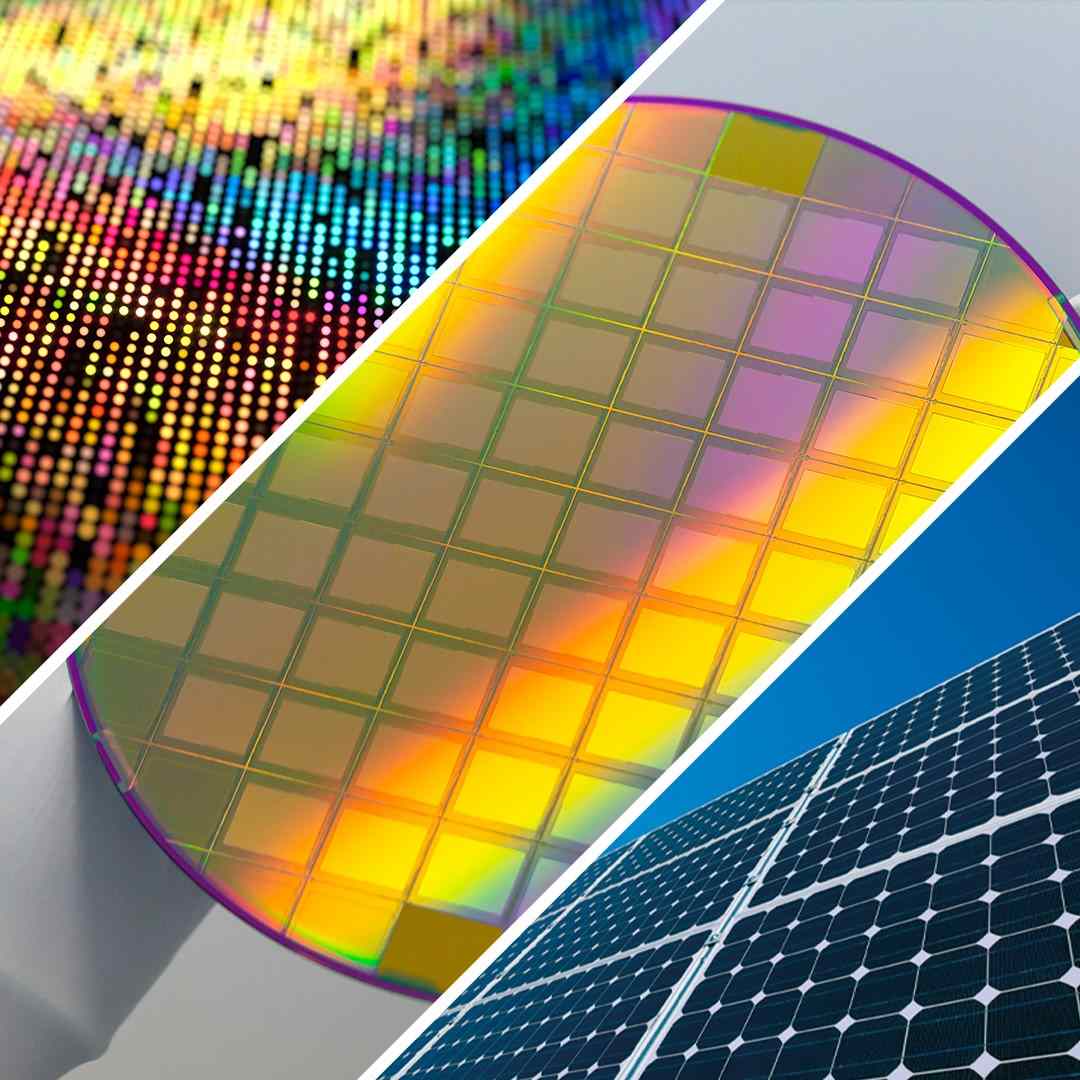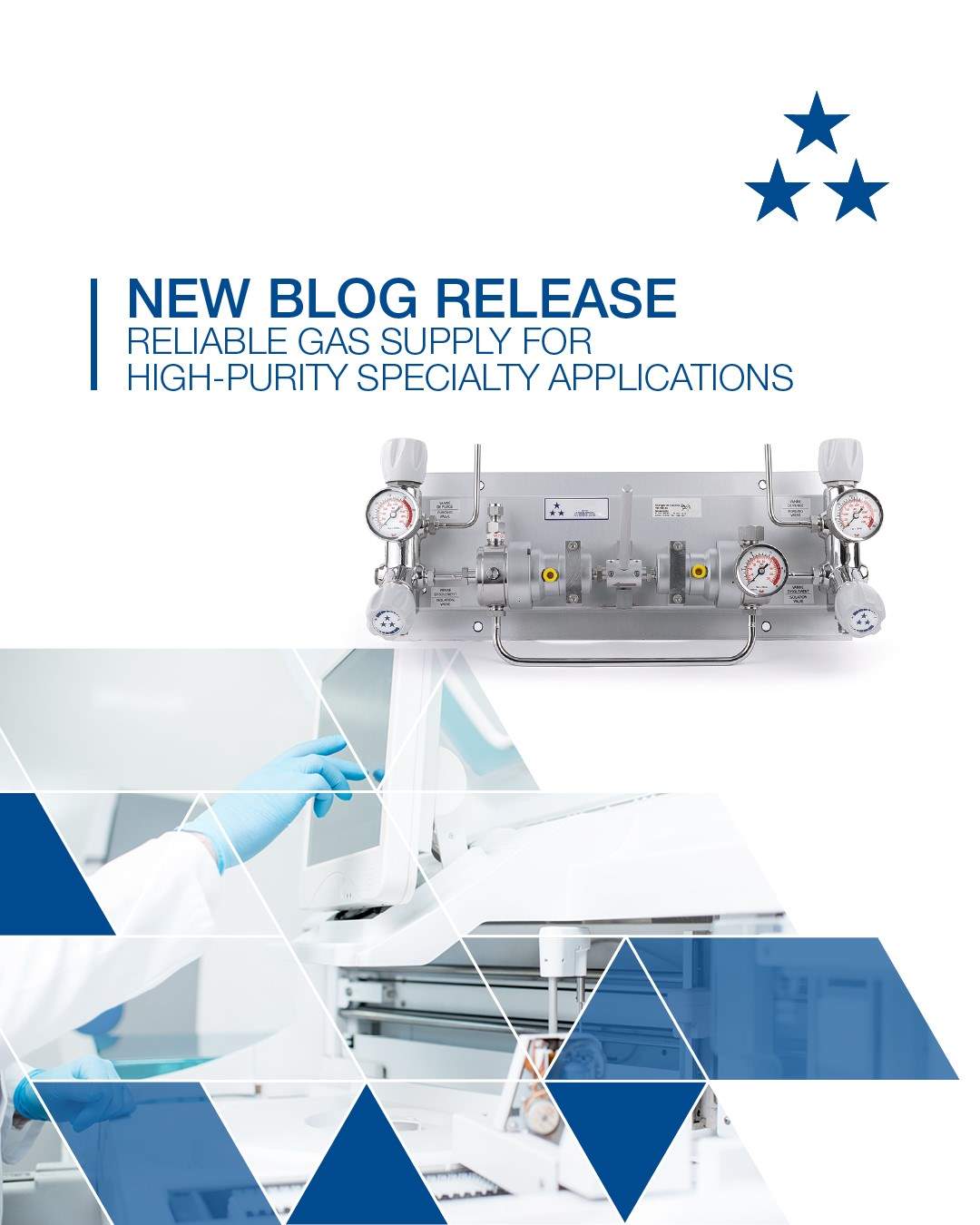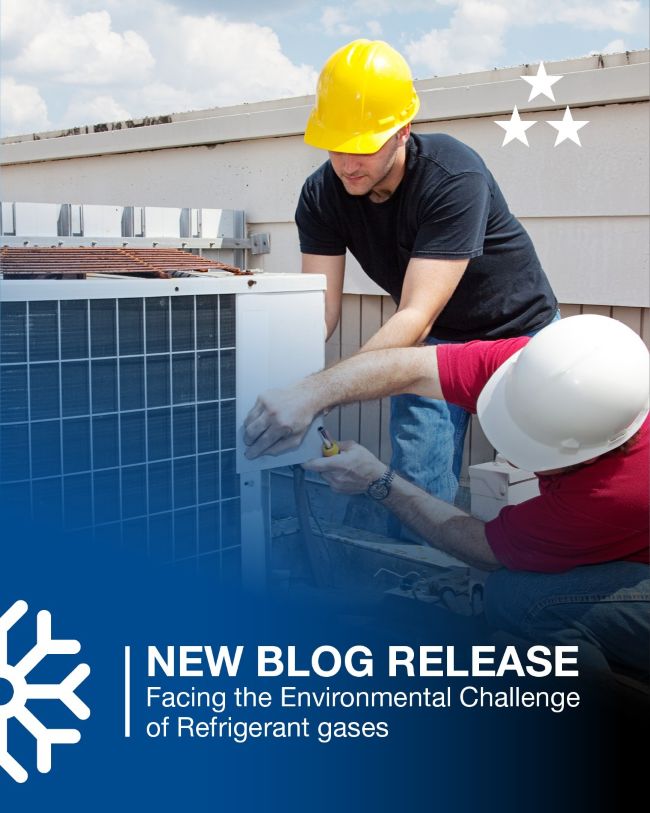Avoiding corrosion of gas equipment: Your options explained
With over a century of experience, Rotarex offers comprehensive guidance and solutions to maximize the lifespan, reliability, and performance of your gas equipment.
Selecting the Right Material
Selecting suitable materials is the critical first step in preventing corrosion:
- Brass: Most common material used for gas equipment and valves, suitable for most gases, brass offers moderate corrosion resistance but is less suitable for highly corrosive environments.
- Stainless Steel: Preferred for its strong corrosion resistance, mechanical durability, and performance in high-temperature or corrosive environments.
- Aluminum: Lightweight generally used in less aggressive environments or with appropriate surface treatments.
- Specialty Alloys: Including Hastelloy®, Monel®, and ASB, these alloys provide superior corrosion resistance, particularly valuable when handling aggressive chemicals and gases like hydrogen chloride (HCl) or hydrogen fluoride (HF).
Rotarex maintains an extensive compatibility database covering over 1,081 fluids, helping you select materials optimized for your specific gas application.
Protective Coatings and Surface Treatments
External Corrosion Protection
To prevent external corrosion, Rotarex provides a variety of solutions:
- Nickel and Chrome Coating Offers a durable, corrosion-resistant finish that protects underlying metal surfaces.
- PTFE Coating: Creates a chemically inert barrier, ideal for environments with high humidity or exposure to aggressive chemicals.
- Anodization: Strengthens aluminum surfaces, enhancing their resistance to corrosion and wear.
- Protective Painting: Solution that provide robust protection against environmental conditions, especially in marine or coastal settings.
Internal Corrosion Protection
The internal surfaces of gas equipment face direct exposure to corrosive gases and require advanced protective measures:
- Surface Finishing (Polishing): Reduces internal surface roughness, minimizing areas where corrosion might initiate.
- Passivation: Chemical treatment that enriches the chromium content at the surface of stainless steel, significantly enhancing corrosion resistance.
- Electropolishing: An electrochemical polishing process that smooths metal surfaces, providing superior corrosion resistance and cleanliness. Often combined with passivation for optimal protection.
- Inert and Noble Metal Coatings:
- Chemical Vapor Deposition (CVD): Creates durable, silicon-based inert coatings suitable for stainless steel and alloys, highly resistant to reactive gases.
- Noble Metal Plating (Gold, Silver, Platinum): Provides the highest level of chemical inertness and corrosion protection, essential for maintaining gas purity in analytical or high-purity applications.
Ensuring Optimal Performance and Longevity
By strategically combining suitable materials, protective coatings, and surface treatments, Rotarex ensures long-term equipment reliability, gas purity, and operator safety. Rotarex experts provide detailed consultation and customized solutions to address your specific corrosion prevention requirements, guaranteeing optimal performance and durability of your gas handling equipment.

